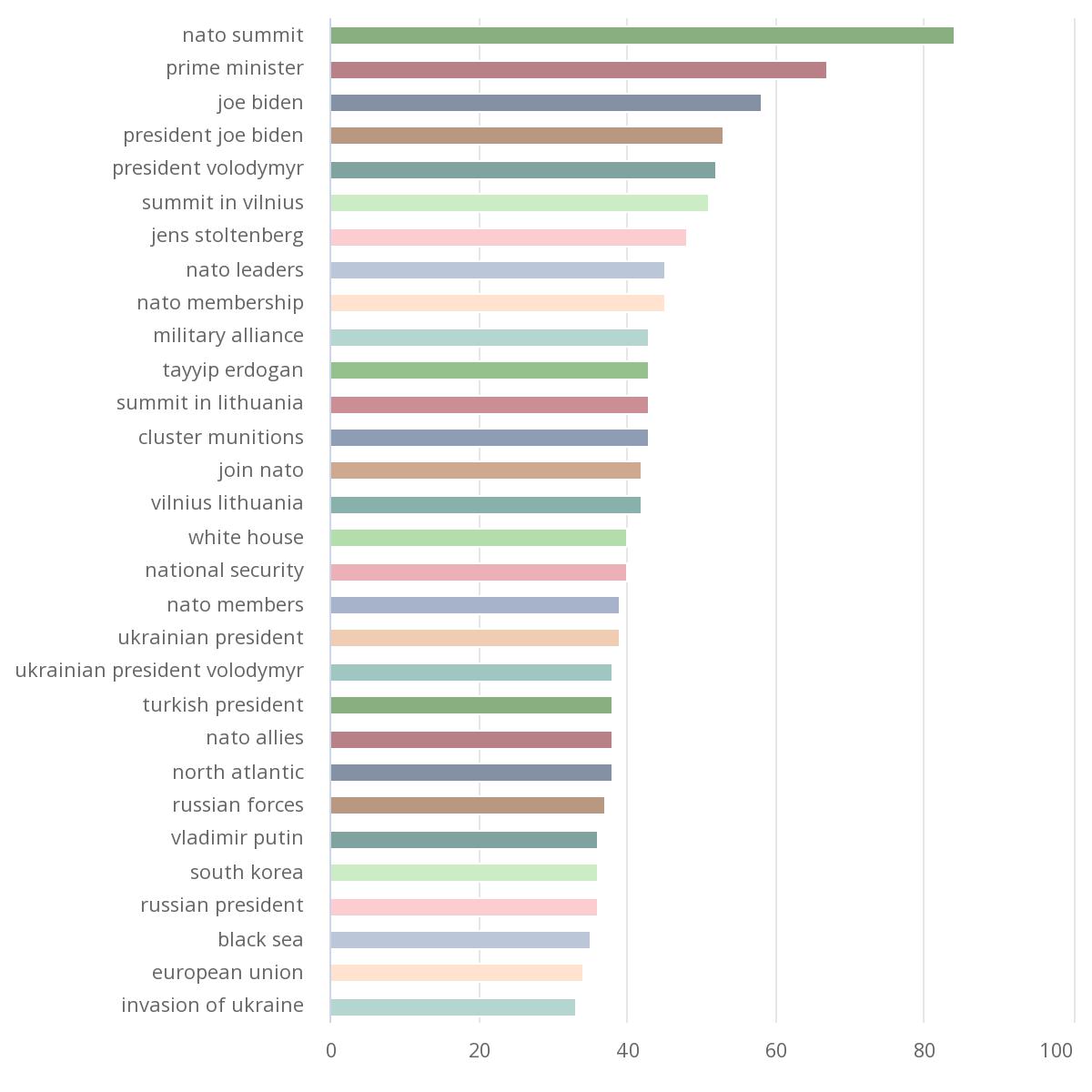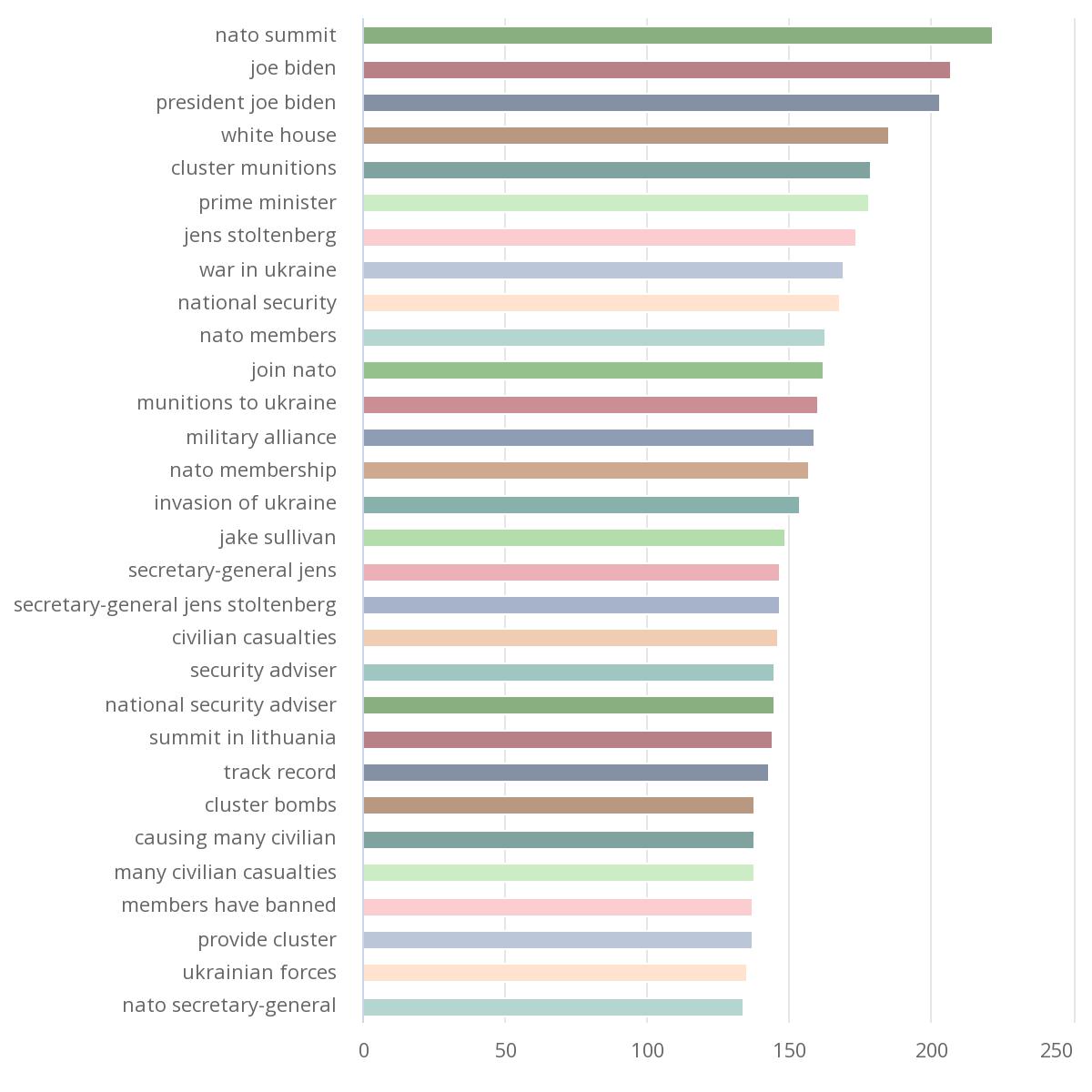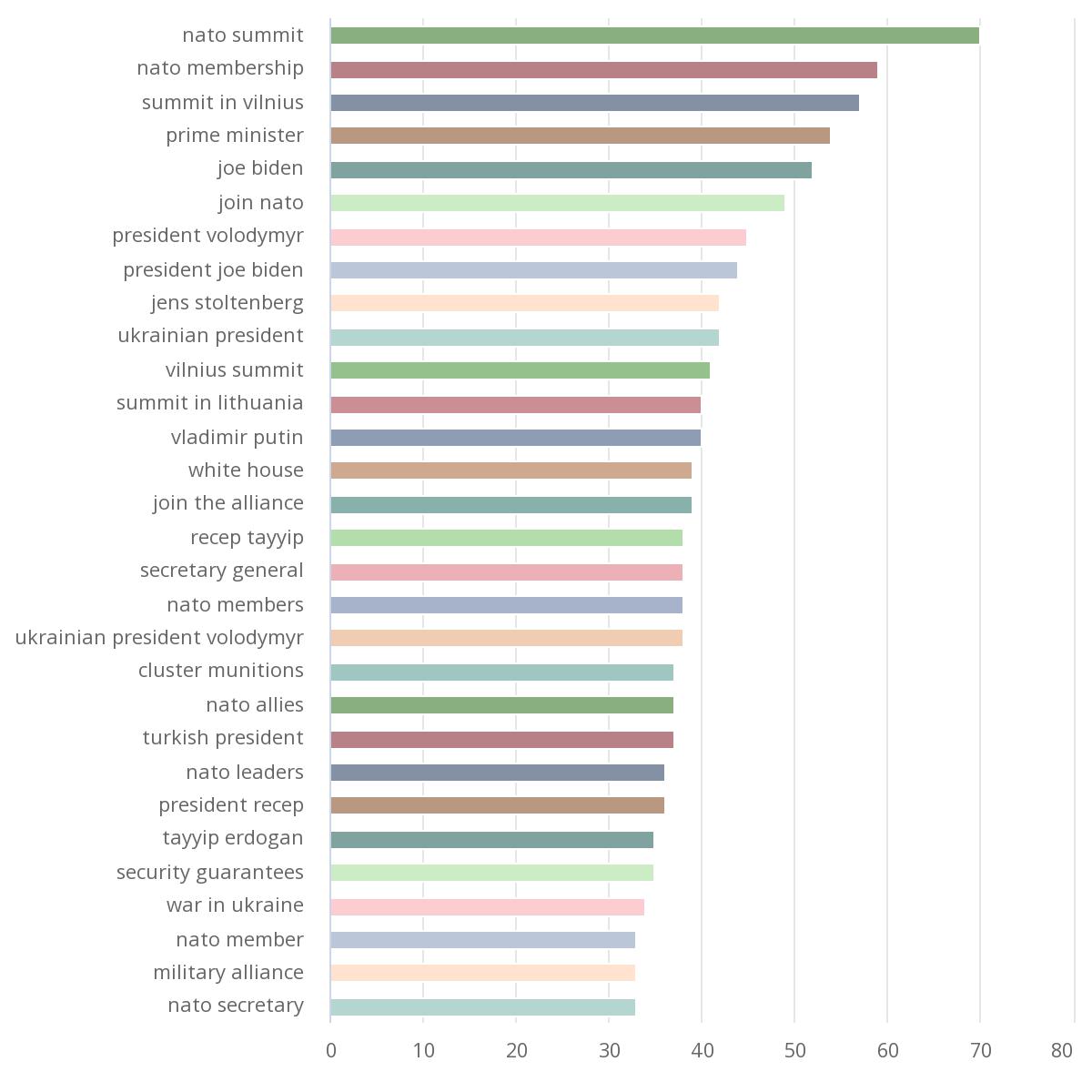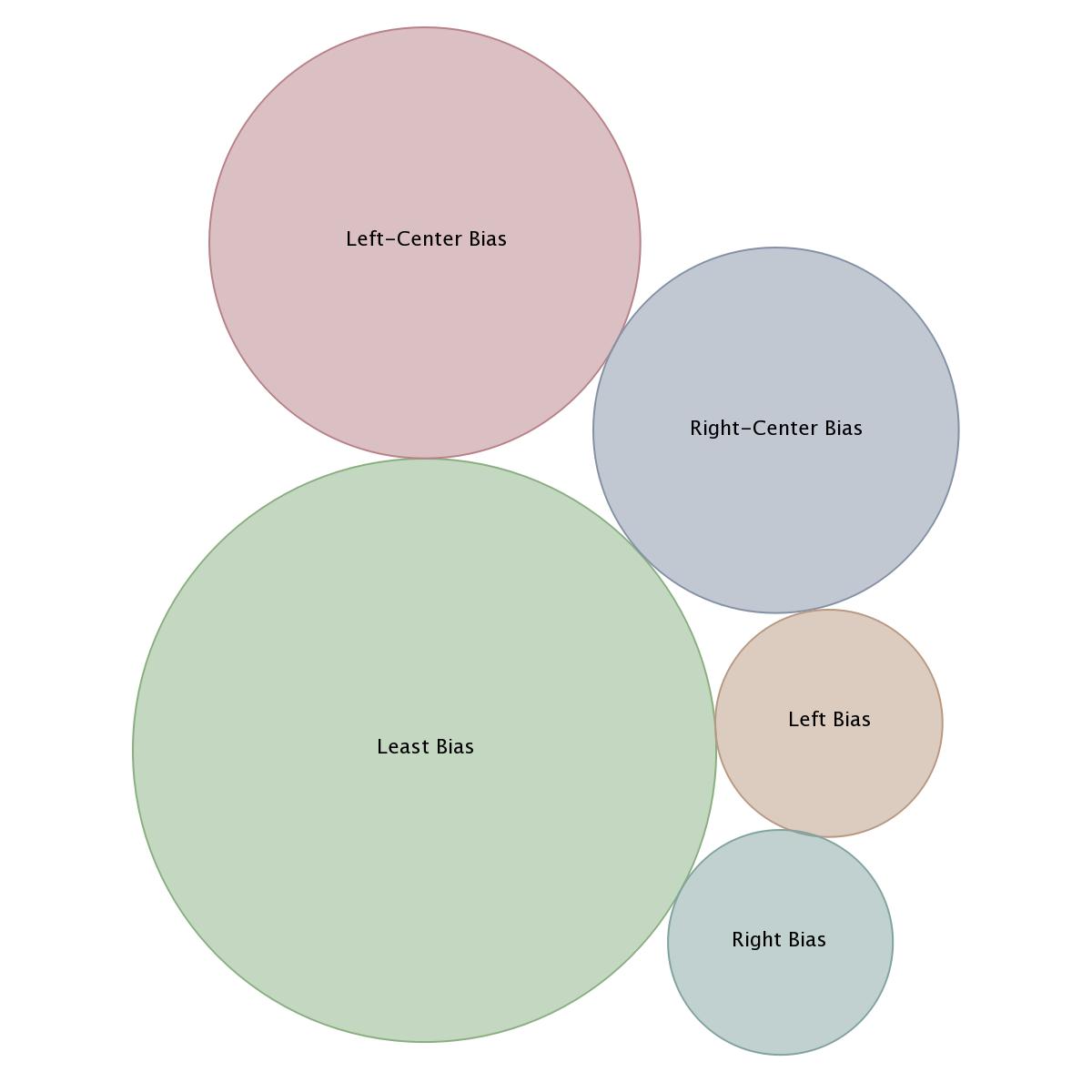
In the narrative surrounding the NATO Summit, there are discussions about NATO's support for Ukraine, the provision of cluster munitions by the U.S., and the potential accession of Sweden to NATO. These issues are further complicated by questions about how Ukraine should be eased into the alliance. Our Narrative Intelligence has identified numerous sources amplifying these issues.
Our Kudzu Narrative Intelligence briefs auto-update every few hours with fresh analysis:
NATO is offering Ukraine continuing support but not immediate membership. While Ukraine is at war with Russia, membership talks are off the table. Instead, NATO will assist Ukraine in modernizing its forces. This issue is amplified by multiple sources and raises questions about the extent of NATO's commitment to Ukraine.
Key Takeaways:
The U.S. has announced its provision of controversial cluster munitions to Ukraine. This decision has caused unease among some NATO partners. The issue of cluster munitions is being amplified by various sources, highlighting concerns about the use and implications of these munitions.
Key Takeaways:
Sweden's bid to join NATO is facing challenges, particularly from Turkey. The Swedish Prime Minister, Ulf Kristersson, has sought support from U.S. President Joe Biden to clear the path for Sweden's accession. This issue is amplified by multiple sources, highlighting the complexities and obstacles surrounding Sweden's potential membership in NATO.
Key Takeaways:
Overall, the NATO Summit narrative is centered around these headline issues, including NATO's support for Ukraine, the provision of cluster munitions by the U.S., and Sweden's bid for accession. These issues highlight the challenges and complexities faced by the alliance and are amplified by numerous sources. Our Narrative AI and Narrative Technology have identified these key themes and insights within the narrative landscape.
In this Kudzu Narrative Intelligence Brief, the top surfaced keywords in U.S. media provide valuable insights into the prevailing narratives and priorities. A comparative analysis reveals that the following keywords appear more frequently in this category:
The presence of these keywords in U.S. media suggests a focus on military support, key individuals, and the humanitarian aspect of the conflict.
In contrast, the top surfaced keywords found only in Pacific region media provide a different perspective on the narrative surrounding the NATO summit. The following keywords appear more frequently in this category:
The prevalence of these keywords in Pacific region media signifies a regional perspective on the NATO summit, with an emphasis on the proximity of the conflict and Russia's role.
The top surfaced keywords found only in European media shed light on the unique narrative and priorities within this region. The following keywords appear more frequently in this category:
The presence of these keywords in European media reflects a regional perspective on the NATO summit, with a focus on specific countries' aspirations to join the alliance and the importance of security guarantees.
Overall, the surfaced keywords provide a comparative analysis of the narratives and priorities in different regions, highlighting the varying emphases and perspectives within the media coverage of the NATO summit.

Sources in Pacific Region Media

Sources in U.S. Media

Sources in European Media
According to our Narrative Intelligence, the analysis of media coverage across political leaning reveals some interesting insights. The data shows that the majority of media sources fall under the category of "Least Bias," accounting for 509 out of the total 1113 sources analyzed. This indicates a relatively balanced approach in their reporting.
On the other hand, left-leaning sources, including both left and left-center bias, make up a significant portion of the media landscape, comprising 342 sources in total. This represents around 30% of the analyzed sources, more than double the number of right-leaning sources.
Right-leaning sources, including both right and right-center bias, account for 262 sources, which is approximately 24% of the total. While this is lower than the left-leaning sources, it still demonstrates a significant presence in the media landscape.
When comparing the left-leaning sources to the right-leaning sources, there is a noticeable difference. Left-leaning sources outnumber right-leaning sources by a ratio of nearly 5 to 3. This demonstrates a higher prevalence of left-leaning bias in the U.S. media.
In conclusion, our analysis of bias in U.S. media reveals that while the majority of sources are relatively balanced, left-leaning sources have a higher representation compared to right-leaning sources. This disparity highlights the need for individuals to consume news from a variety of sources to gain a more comprehensive understanding of the narratives presented. With our Narrative AI and Narrative Technology, we aim to provide users with the tools to navigate through the diverse landscape of media bias and make informed decisions about the information they consume.

U.S. Media
Note: Kudzu Narrative Intelligence briefs update every few hours. Very likely, the Narrative Analysis data visualization depicted in the graphic above will have changed as well.
Image Credit for Article Header: Arlington National Cemetery, Students and Senior Leaders From the North Atlantic Treaty Organization (NATO) Defense College Visit ANC, marked as public domain, more details on Wikimedia Commons